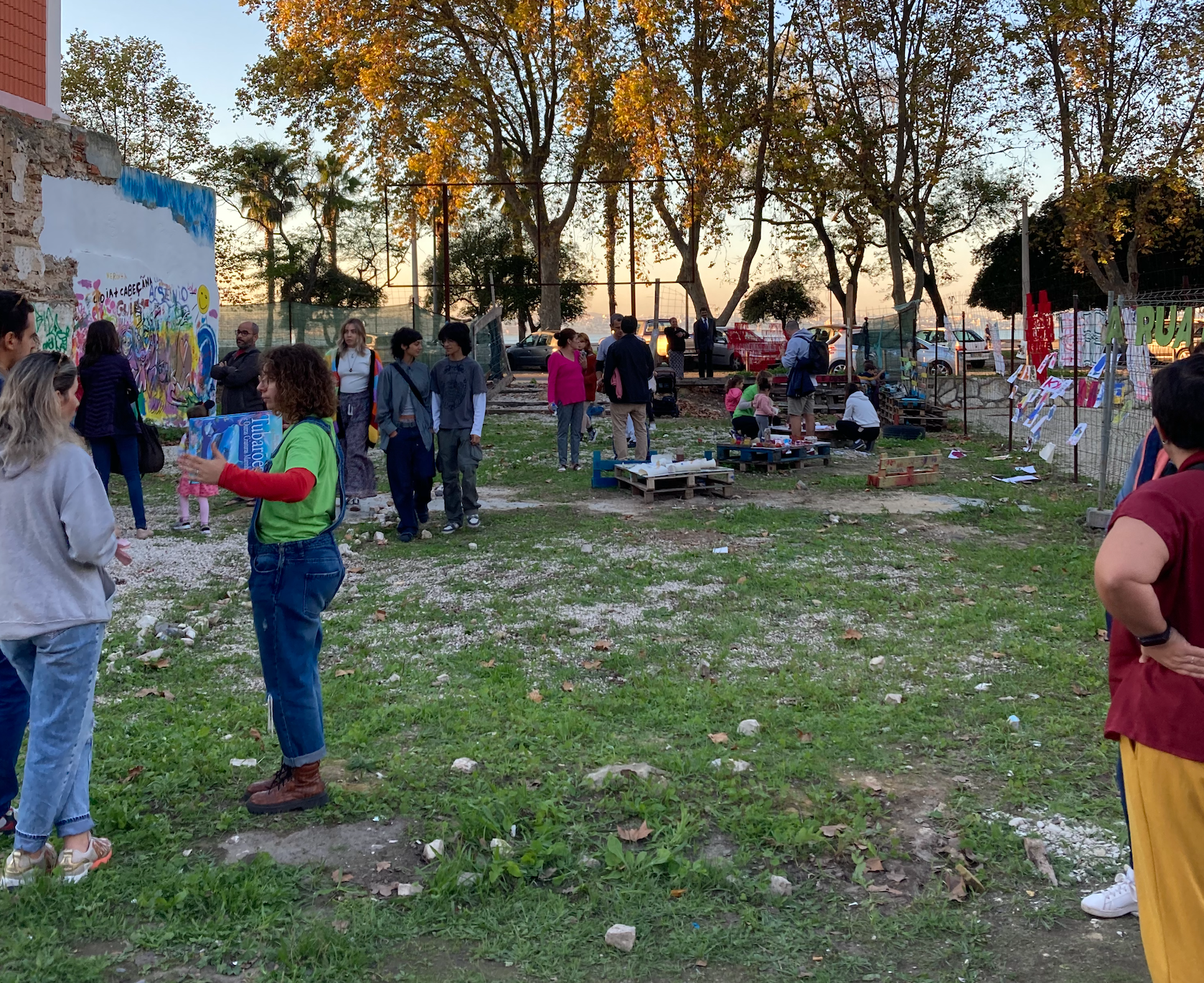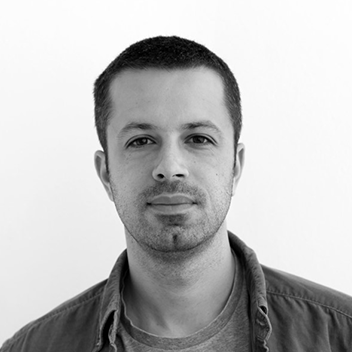Exploring Urban Innovation in Lisbon
Posted on 20-11-2024
My Experience with LABIC and Participatory Planning
During my secondment in Lisbon, I had the incredible opportunity to work on the LABIC (Neighborhood Innovation Laboratory) project in the historic district of Barreiro Velho. The project aims to bring together local residents and city officials to collaboratively design solutions for better urban living. My experience involved insightful academic exchanges with the local researcher Carolina Cardoso (ISCTE) and gave me a closer look at the challenges and successes of community-driven urban regeneration in Portugal.
The LABIC project, based in Barreiro Velho, focuses on fostering community cohesion and tackling urban issues like housing quality and public space management. The idea was to empower local residents to take part in shaping their own neighborhoods. The use of vacant lots for temporary libraries or play areas, and the involvement of children in these activities, showed me how powerful these simple actions can be in transforming spaces and creating connections between residents.
I was fortunate enough to closely observe a community building event—a street party. This vibrant gathering, organized by local residents and project researchers, was a celebration of community spirit. With a small music stage, a barbeque, and an upcycling workshop, the event not only brought people together but also helped raise awareness about the ongoing urban interventions.
As I wandered through the neighborhood, taking photos and chatting with the researchers present, I realized how much these small, community-driven events contribute to fostering social cohesion. There was a palpable sense of ownership, identity and community pride in the area, something that’s often difficult to achieve in areas nearer the city centre.
Shifting My Focus: Housing, Informality, and AUGIs
One of the most striking aspects of my secondment was the exposure to Portugal’s approach to informal settlements, specifically the Áreas Urbanas de Génese Ilegal (AUGIs), or areas of illegal housing construction. These neighborhoods, often located on the outskirts of cities, developed informally over time, and their residents have been working to legalize their homes and improve their living conditions.
This topic intrigued me because it resonated with my research in Cyprus, where informal construction also plays a significant role in suburban and rural housing. I had the chance to conduct interviews with several key stakeholders, including academic researchers and municipal officials, to better understand how new participatory planning methods were being explored in these areas. These conversations were eye-opening, as they focused not just on the challenges of housing legality, but also on the social issues of self-governance, citizenship, and social cohesion for lower-income residents.
In particular, I spoke with Carolina Cardoso, José Carlos Motta, and local officials from the Lisbon municipality, including Cláudia Batista and Álvaro Fernandez. The insights I gained were invaluable in exploring how participatory processes, such as community mapping and photo-voice methods, were being used to engage residents in transforming their own neighborhoods.
Taking Lessons Back to Cyprus
The experiences gained during an Erasmus+ BIP Blended Intensive Programme, which I participated in at ISCTE, allowed me to gather new ideas for my own research in Cyprus. The programme also gave me a platform to collaborate with students and colleagues from Lisbon and Cyprus. Together, we explored the concept of Urban Living Labs, spaces where citizens and researchers can co-create solutions for urban challenges. This experienced enriched my understanding of how different South European countries approach similar issues.
In particular, the participatory practices used in Lisbon’s AUGI areas—where residents collaborate with the municipality to legalize and improve their homes—provided a great example of how co-production of knowledge between citizens and authorities can lead to more sustainable and inclusive urban planning.
Reflecting on my time in Lisbon, I realize that, from the lively street party in Barreiro Velho to the thought-provoking interviews on informal housing, it has been an experience which added to my understanding of urban planning.
By seeing participatory urban planning in action, I realised that projects that take citizen participation seriously can make a real difference in the lives of people in Lisbon’s peripheral neighborhoods. The power of community-driven urban innovation and experimentation is in reframing the prerequisites of urban planning, to start from the existing conditions and strengths of locality to build social cohesion towards socially sustainable housing envrionments.
Related cases

Porto 15, a public experiment to foster collaborative housing
Created on 26-01-2024

Lleialtat Santsenca Civic Centre
Created on 18-10-2024
Publications
Charalambous, N., Panayi, C., & Roussou, E., (2022, August-September). Community-engaged design: learning through live projects in residential environments. In European Network for Housing Research (ENHR) Conference 2022. Barcelona, Spain.
Posted on 27-12-2025
Conference
Read more ->

